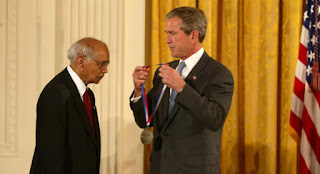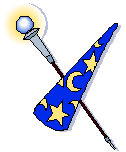Unlike our eyes, we cannot close our ears, so it can be argued that hearing is one of our most important senses. We are continually subjected to a huge number of different types of sound.
Some are pleasant and desirable, such as speech and music, while others are unwanted and annoying, such as machinery and road noise.
But just what is sound? How is it produced and how does it travel? And, indeed, how is sound heard?
Any sound, whatever it may be, is caused by something vibrating. In other words, by something which is moving back and forth, either in a regular manner or in a random manner, about the position it occupies when at rest. The source of the sound may be a car engine, a burglar alarm or a bird singing. Whatever it is, some part of it must be vibrating for it to produce sound.
In fact, it is easy to detect the vibrations of many sources of sound. If you touch your throat while singing or speaking, you can feel the vibrations of your vocal cords. Similarly, a hi-fi loudspeaker vibrates strongly especially when the volume is turned up. By lightly touching the speaker cone, you can feel its vibrations as a tingling sensation in your fingertips.
For such vibrations to be heard as sound, there must be a medium through which they can travel from the vibrating source to the ear. For example, sound travels clearly through water, as any swimmer can testify, and it also travels exceptionally well through metal. Most of the sounds we hear, however, are transmitted through air.
The vibrations of a sound source cause the neighbouring air molecules to be alternately squeezed together and pulled apart. These air molecules then push and pull against their neighbours which, in turn, push and pull against their neighbours.
In this way, a series of compressions (regions of higher pressure) and rarefactions (regions of lower pressure) is generated which travels away from the vibrating source. This sequence of pressure fluctuations is what we refer to as a sound wave.
When we hear a sound, what our ears are actually doing is converting the rapid fluctuations in air pressure that make up a sound wave into neural impulses. The human ear comprises three fairly distinct sections; the outer ear, the middle ear and the inner ear.
The outer ear funnels sound waves through the ear canal to the middle ear. In the middle ear, the sound waves meet the tympanic membrane (eardrum) causing it to vibrate.
Three bones in the middle ear - the malleus, the incus and the stapes - transmit vibrations from the eardrum to the inner ear. In the inner ear, the cochlea converts the vibrations to nerve impulses.
Finally, the auditory nerve receives the messages which have been translated into nerve impulses by the ear and carries them to the brain where they are interpreted as sound.





































